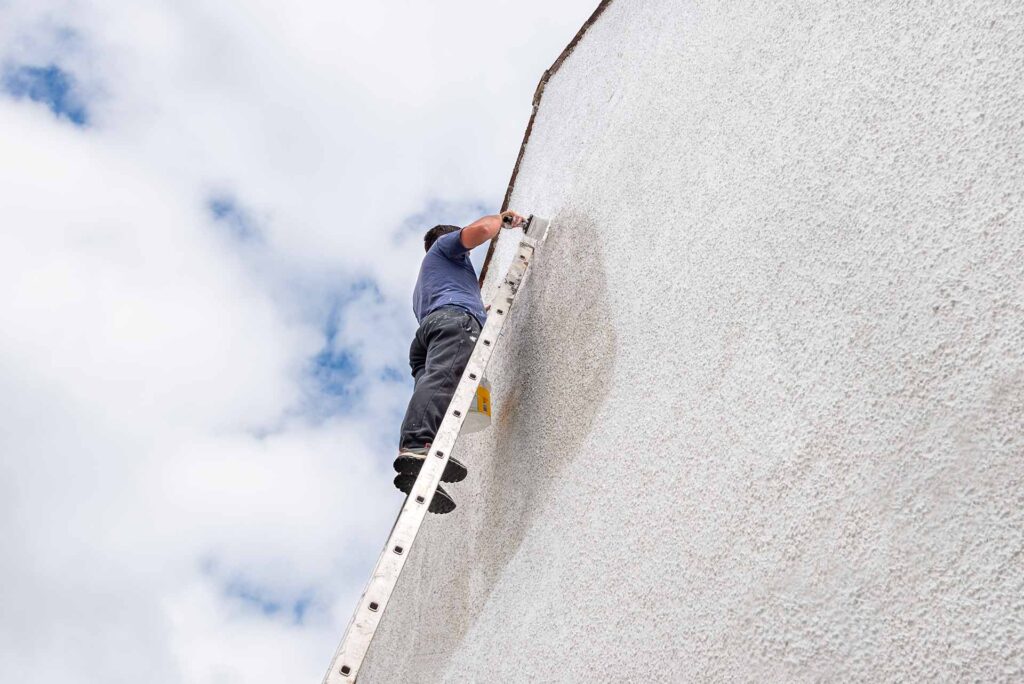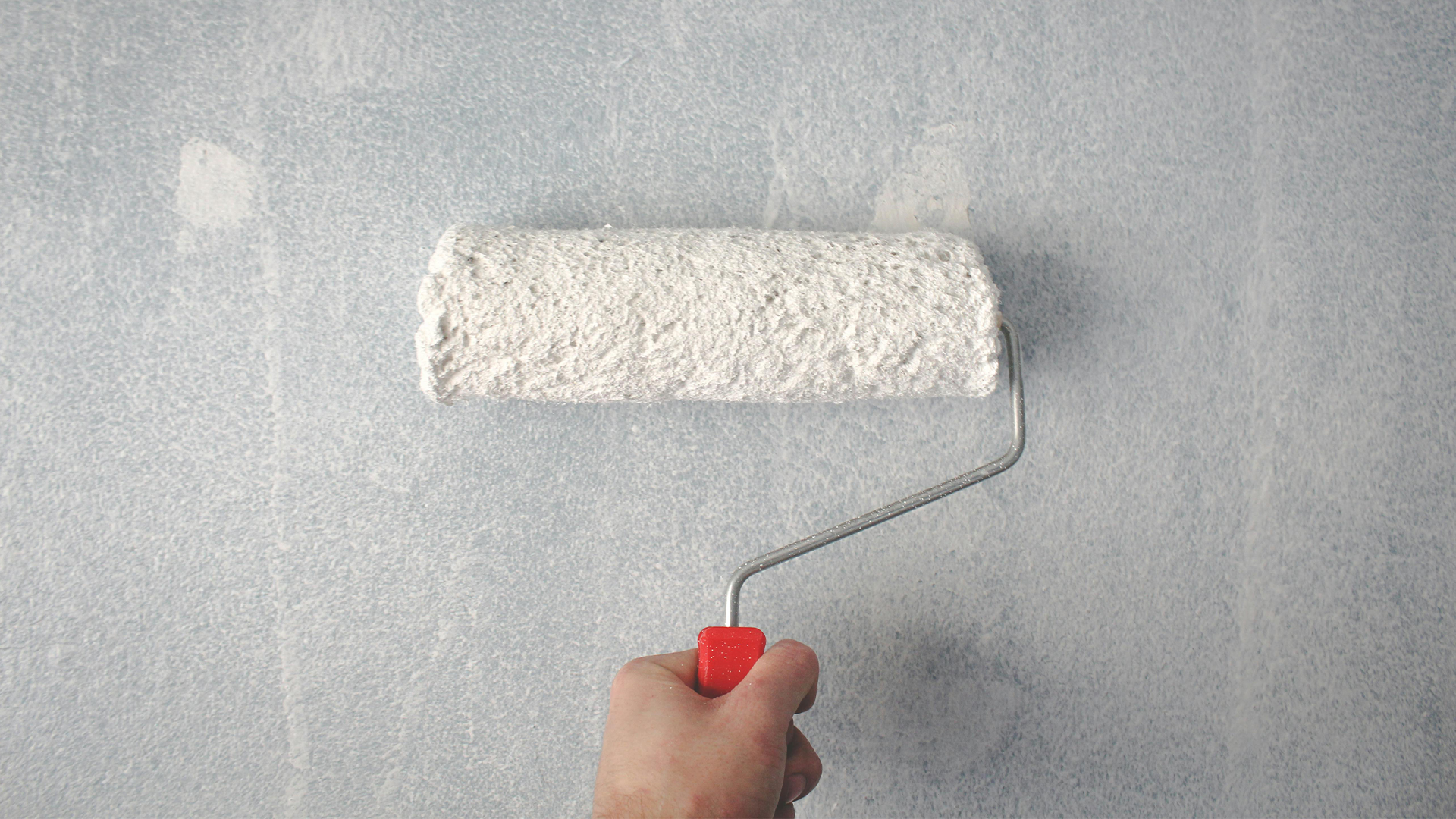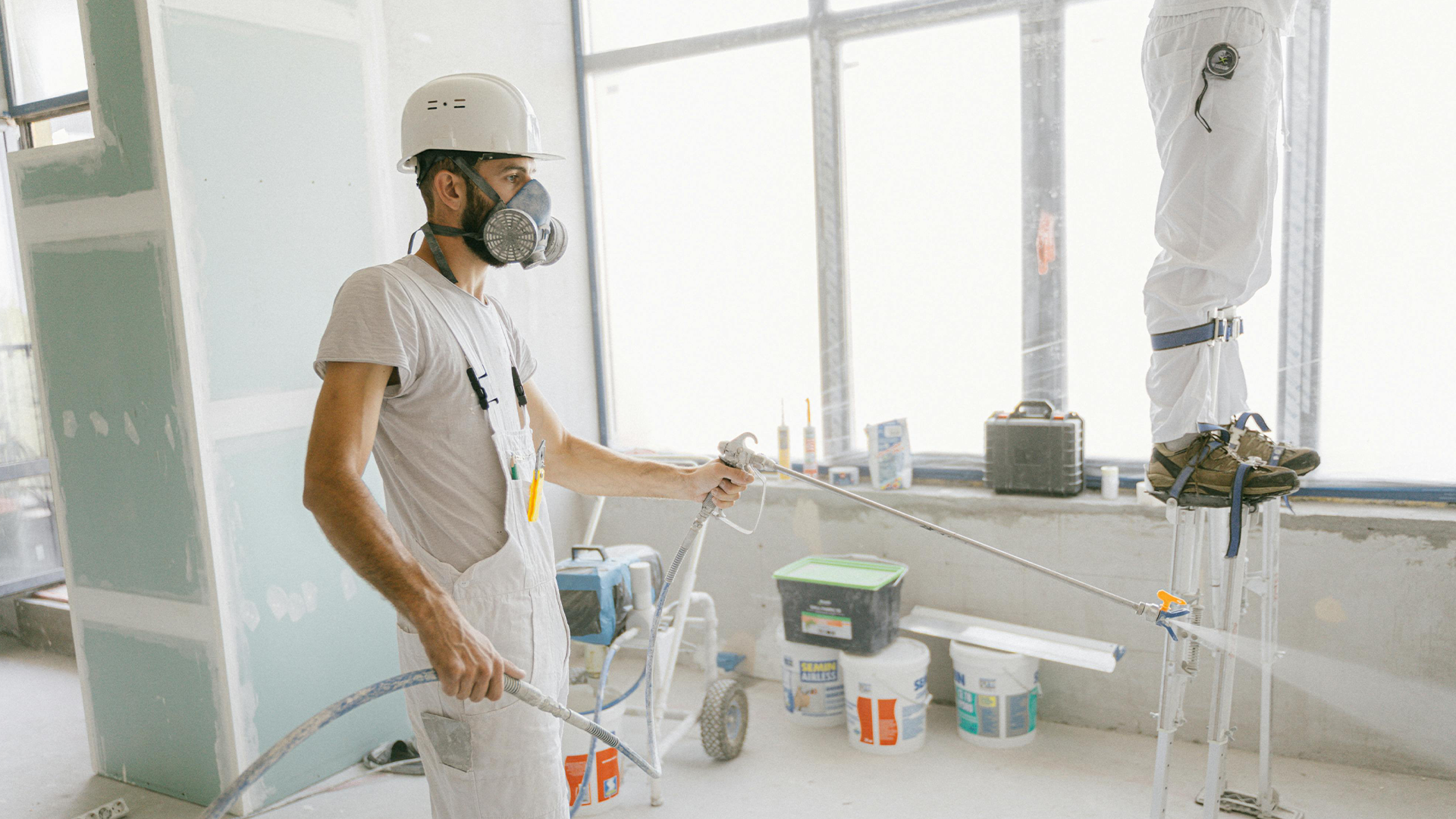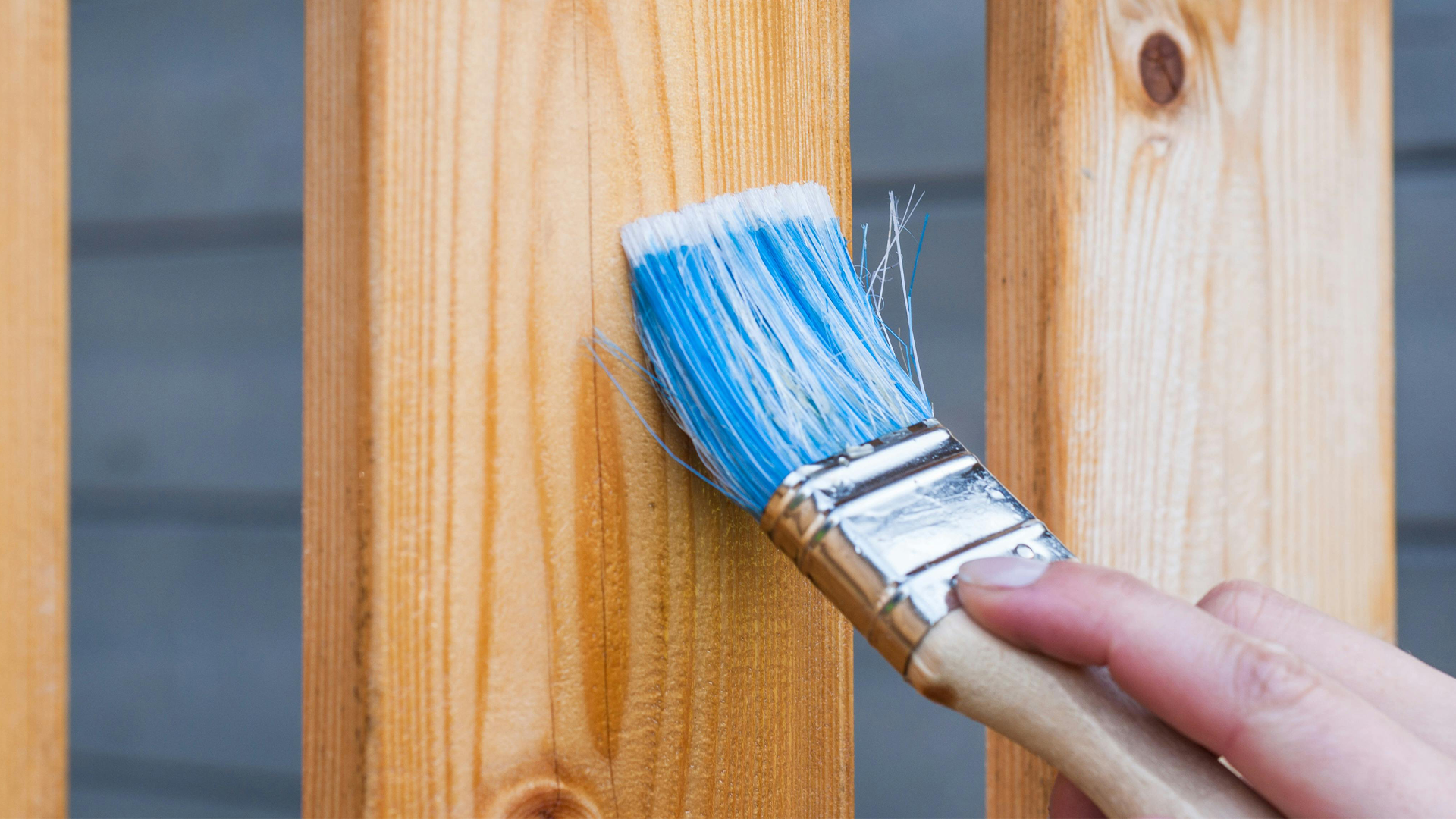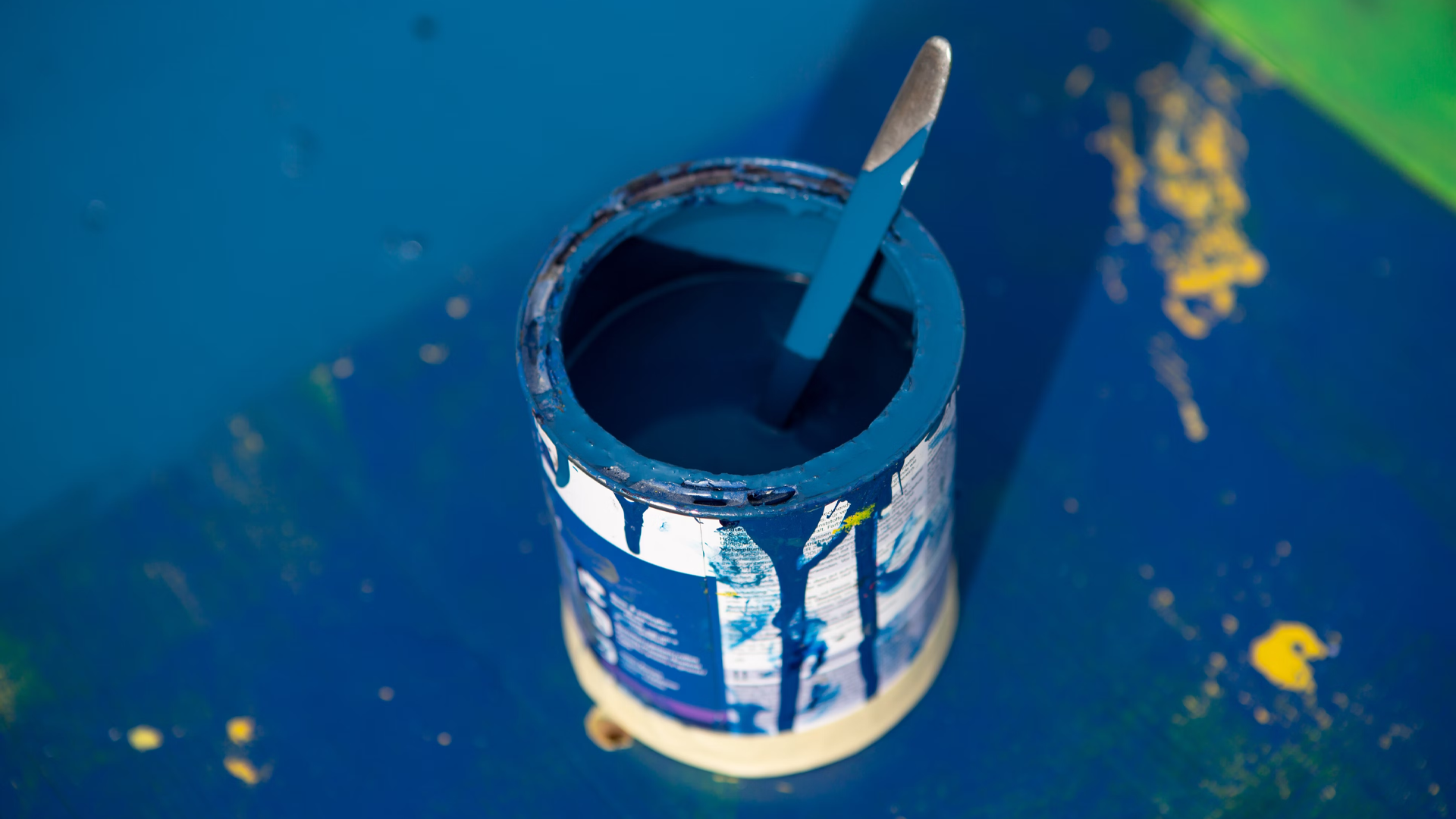Key Take Aways
Pebbledash can be plastered over provided the existing surface is sound, with no significant cracks, damage, or loose pebbles — a stable base is essential.
The process requires thorough surface preparation: clean off dirt and loose material, repair cracks and holes, then dampen the surface to ensure proper adhesion.
Plastering involves a multi-layer approach—applying a base coat, a scratch coat, and a floating coat—best done by an experienced plasterer for a smooth, lasting finish.
Pros include a refreshed appearance and the option to add insulation, but drawbacks are the cost, labour intensity, and risk of cracking if underlying issues aren’t addressed.
Alternatives worth considering: complete removal of pebbledash to expose brickwork, painting directly, or cladding with materials like wood, brick, or stone—each with its own cost, aesthetic, and durability implications.
It’s strongly recommended to consult a professional (plasterer, builder, architect) to assess the pebbledash’s condition and determine the most appropriate renovation approach.
Pebbledash is a type of external wall finish that is applied to the exterior of buildings. It consists of small pebbles or gravel that are mixed with a cement-based adhesive and applied to the wall surface. This type of finish was popular in the mid-20th century, and can still be found in many older homes.
The purpose of this blog post is to explore the question of whether pebbledash can be plastered over. Many homeowners may be looking to update the appearance of their home, but are unsure if it is possible to cover up the pebbledash with a more modern finish.
This post will provide information on the feasibility of plastering over pebbledash, as well as the pros and cons of doing so. Additionally, it will explore alternative options for updating the exterior of your home.
Can pebbledash be plastered over?
The feasibility of plastering over pebbledash depends on the condition of the existing finish and the skill of the plasterer. In general, if the pebbledash is in good condition, with no cracks or major damage, it can be covered with plaster.
However, if the pebbledash is in poor condition, it may be difficult to achieve a smooth finish without first repairing or removing the existing finish.
Pros include the ability to update the appearance of a home and the potential to add insulation.
Cons include the cost and labour involved in the process, as well as the potential for the plaster to crack or fail if the pebbledash underneath is not in good condition.
Factors to consider before deciding to plaster over pebbledash include the condition of the existing finish, the cost and labour involved, and the potential for cracking or failure of the plaster.
Additionally, it is important to consider the style of the home and whether the new finish will be in keeping with the overall aesthetic. It is always recommended to consult with a professional plasterer or builder to evaluate the condition of the pebbledash and provide a recommendation for the best way to proceed.
How to plaster over pebbledash?
Preparing the surface is key in ensuring a successful plaster over pebbledash. The first step is to clean the surface thoroughly to remove any dirt, dust, or lose pebbles.
Next, any cracks or holes in the pebbledash should be filled with a suitable filler and allowed to dry. Once the surface is clean and any repairs have been made, it should be dampened to prevent the plaster from drying too quickly.
Applying the plaster is a skilled task and should be done by a professional plasterer. A base coat of plaster is applied using a hawk and trowel and then left to dry.
Once the base coat is dry, a second coat, known as the ‘scratch coat’, is applied and left to dry. Once this coat is dry, a final ‘floating coat’ is applied and smoothed to create a smooth finish.
Finishing and painting the surface once the plaster is dry. Sand the surface to remove any imperfections, and then apply a coat of paint or other finish to protect the plaster and improve its appearance.
It’s important to use paint that is suitable for exterior use and can withstand the elements. It’s also worth noting that there may be slight colour variations between the new plaster and the existing pebbledash, so it’s best to consult with a professional painter to ensure the best colour match.
It is important to note that plastering over pebbledash is a skilled job that requires experience and professional tools. It is recommended to hire a professional plasterer to ensure the job is done properly.
Alternatives to plastering over pebbledash
Removing the pebbledash is one alternative option for updating a home’s exterior. This option involves physically removing the pebbledash finish and exposing the underlying brick or concrete.
This can be a more invasive and time-consuming option, but it may be necessary if the pebbledash is in poor condition and cannot be repaired.
Painting the pebbledash is another alternative option. This involves applying a coat of paint to the existing pebbledash finish to update its appearance.
This option is less invasive than removing the pebbledash, but it may not be as effective in updating the appearance of the home. It’s important to use paint that is suitable for exterior use and can withstand the elements.
Cladding is another alternative option. Cladding is a method of covering the existing exterior of a building with a new layer of material, such as wood, brick, or stone.
This can be a more effective way of updating the appearance of a home, but it can also be more expensive. Additionally, cladding should be done by a professional, as it requires accurate measurements and installation.
It’s essential to consider the cost, time and desired outcome before choosing any of the alternatives. Each option has its pros and cons, and it’s best to consult with a professional builder or architect to evaluate the condition of the pebbledash and provide a recommendation for the best way to proceed.
Conclusion
In summary, plastering over pebbledash is possible, but it depends on the condition of the existing finish and the skill of the plasterer. The pros of plastering over pebbledash include the ability to update the appearance of a home and the potential to add insulation.
However, it is important to consider the cost and labour involved, as well as the potential for cracking or failure of the plaster. Other alternatives such as removing the pebbledash, painting it, or covering it with cladding can also be considered.
For those considering plastering over pebbledash, it is recommended to consult with a professional plasterer or builder. Additionally, it is important to consider the cost, time, and desired outcome before making a decision.
For further information, homeowners can consult with local building or architecture firms, or research online resources such as professional trade organisations or industry publications.
It is also advised to seek advice from a qualified plasterer or builder who can assess the state of the pebbledash and suggest the best course of action.
